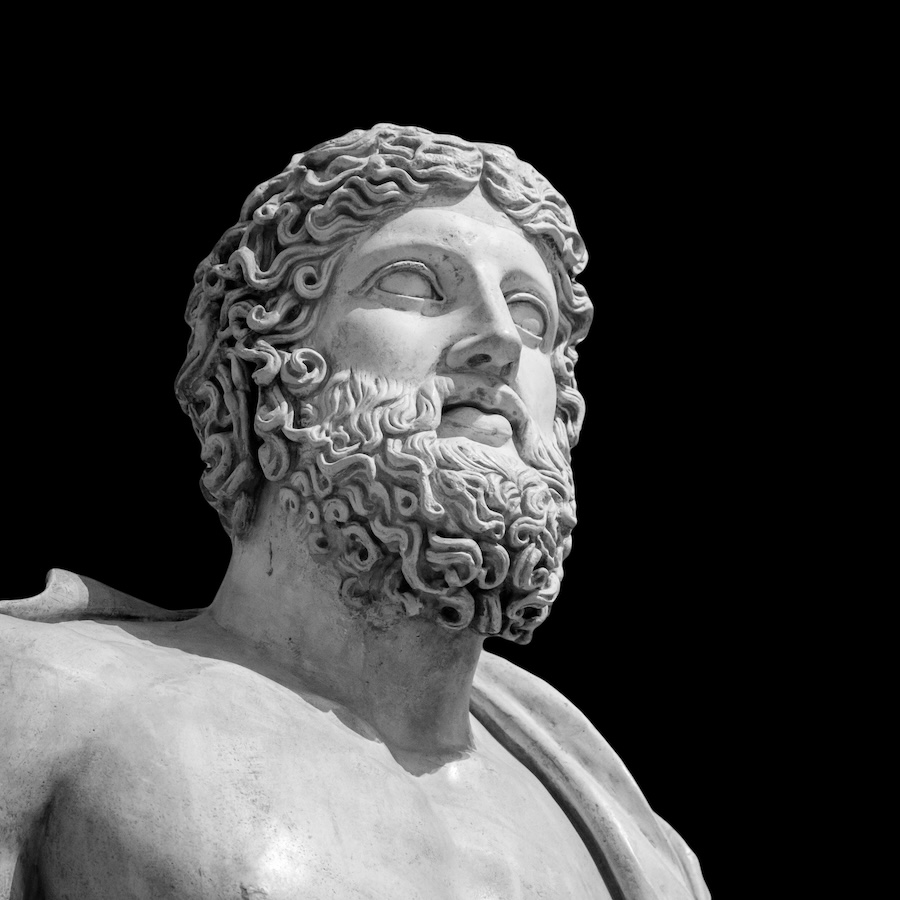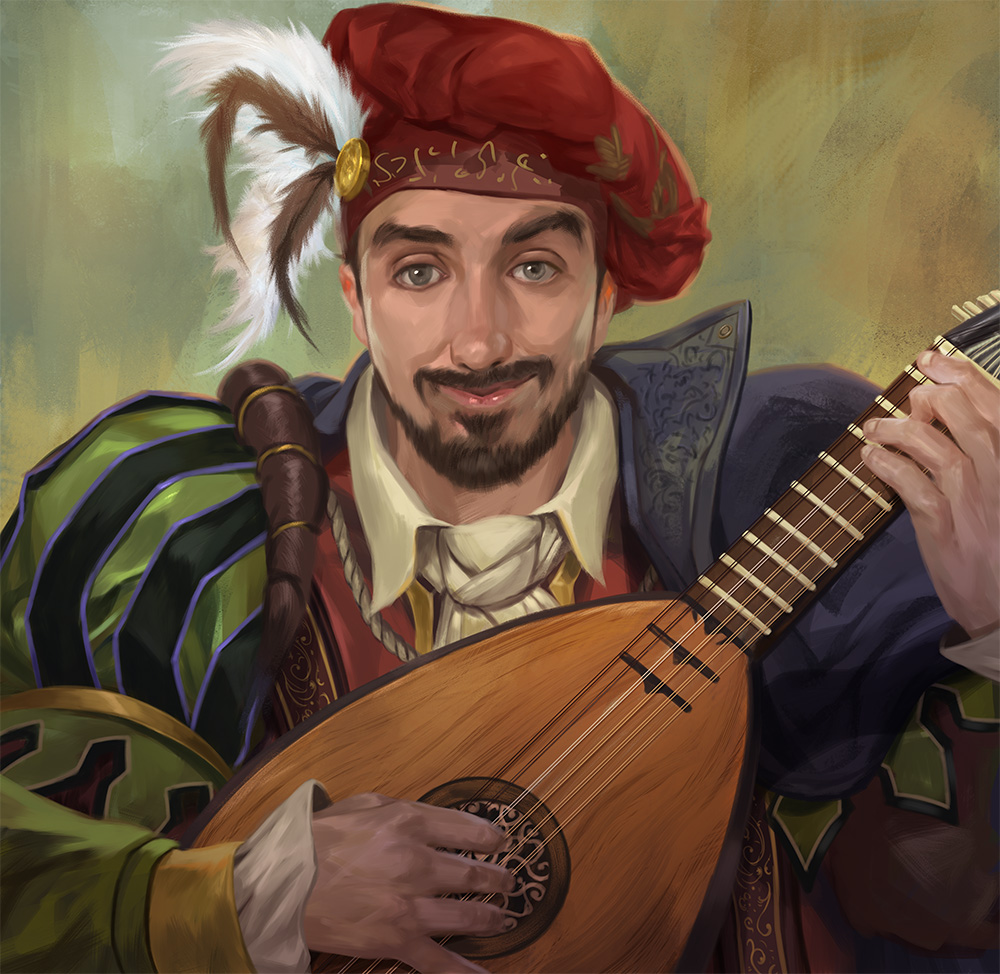Beard Practices Throughout the Ages

 Joe Nightingale, MBBS, MSc
Joe Nightingale, MBBS, MSc

The history of beards is as long and tangled as the beards themselves. While prehistoric men likely grew them for warmth and protection, civilization sparked a greater interest. Soon men were coiffuring their beards or adorning them with jewels and beads.
Throughout Europe, they became symbols of status, fashion, masculinity, and more. Indeed, beards tell us much about each person and their strange and unusual beliefs.
Let’s take a journey through time.
Beards of antiquity

The year is 454 BC. In Italy, a group of Greek Sicilian barbers shuffled ashore. Amongst the back alleys of Rome, they set up their barbershops, shaving the cheeks of the lower classes, who lacked a slave to do it for them. Before then, beards were common and often a little wild.
Almost two hundred years prior, Lucius Tarquinius Pricus – a man obsessed with hygiene – tried, to no avail, to encourage the use of razors. It wouldn’t be until the Sicilians arrived, that beards fell out of fashion.
That didn’t stop the philosophers, though. What were they supposed to stroke while musing the workings of the universe?
These practices were later likely enforced by contact with non-Roman peoples. Men of the Celtic and Germanic tribes were famed for their thick, bushy beards or their finely groomed mustaches. Beards appear forked or cut square at the bottom. While the Lombards – who succeeded the Romans and harked from north Germany – earned their name for their long, unruly beards.
Beards of the Middle Ages

As antiquity faded into myth, new peoples and beard styles arose, namely amongst the Vikings. Far from the filthy and lecherous louts we see in films, Vikings were actually a dandyish bunch. Indeed, Norsemen were notorious for their hygiene and grooming. Archaeologists have found tweezers and combs everywhere for manicuring their facial fuzz. They even were known to bleach their beards with lye soap.
Meanwhile, the Anglo-Saxons, who migrated from northern Europe to the British Isles, sported beards through their pagan years – much like the Viking brethren. Only with the onset of Christianity, in the 7th century, did beards fall out of fashion. Mustaches persisted, however. That was until William the Conqueror outlawed the practice to fit with Normal fashions.
It wasn’t until the crusades began that beards returned briefly as a sign of masculinity and honor. Until, once again, disappearing from history. Peter the Great of Russia even considered beards a relic of the old world.
But he was wrong.
The Comeback Beard: Rise of the Renaissance

Like the hero who returns when the hour is darkest, the Renaissance saw a resurgence in beards. Artists like Van Dyke popularized the pointed beard with a twirled mustache. Meanwhile, others were embracing pomades and waxes to shape and groom their beards. (The Vikings would be proud.)
By the time Europeans had begun colonizing North America, beards were all the rage amongst the protestant colonists. Despite a brief decline, America brought back the beard in the 19th century with both Abraham Lincoln and Henry David Thoreau popularizing the chin strap: the beard followed the contours of the face – no mustache.
Then, beards disappeared in a dramatic reversal of fortunes; the mustache became the new fad. From world leaders to artists and poets, mustaches were the ultimate accompaniment to a top hat and cane. No man worth his salt could be seen without one – tweezered and waxed up.
Beards today

While beard fashions have come and gone, one product has stood the test of time: beard oil. Like the ancients before us, the secret to a well-groomed beard is a healthy daily dose

No comments yet…